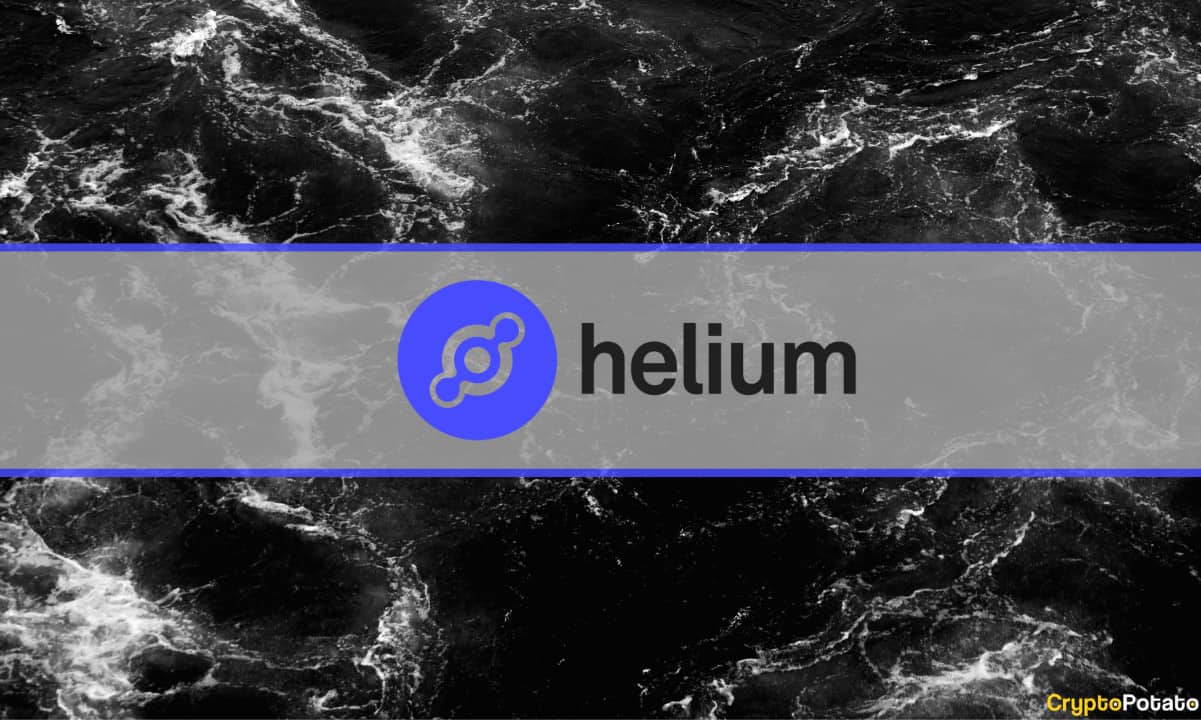Centralization Threats Loom as Polygon and Shiba Inu Exhibit High Concentration Among Top Wallets
High centralization can lead to increased influence by a few entities, potentially undermining the decentralized ethos that crypto strives to uphold. However, centralization continues to be a major bone of contention in space.
As such, popular project tokens – Polygon (MATIC) and Shiba Inu (SHIB) – have emerged as the leading examples of high concentration of holdings among top wallets.
Centralization Concerns in MATIC and SHIB
According to the data shared by Santiment, Polygon’s top ten wallets collectively control an astonishing 69.4% of its total market capitalization, making it the most centralized among major altcoins. Similarly, Shiba Inu’s top ten wallets hold 61.2% of its market cap.
This significant concentration raises critical questions about the impact on market stability and governance for these widely traded assets. This concentration can also exacerbate risks such as price manipulation and volatility, as large holders have the power to affect market dynamics more substantially than smaller investors.
Meanwhile, Uniswap (UNI) shows that 50.8% of its total market cap is held by the top ten wallets, indicating a significant concentration of power among a few holders. Closely trailing behind is the Pepe (PEPE) meme coin, with 46.1% of its supply concentrated in the top wallets.
Ethereum (ETH), despite its broad adoption and decentralized governance efforts, still sees 44.0% of its market cap controlled by the largest wallets, primarily due to staking in the ETH 2.0 contract, which centralizes significant amounts of Ether.
Tether (USDT), the most widely used stablecoin, has 33.1% of its supply in the hands of the top wallets, reflecting its widespread institutional adoption but also hinting at potential liquidity risks if these holders decide to move large amounts simultaneously.
Moderate Centralization in LINK and TON
Chainlink (LINK) and Toncoin (TON) show slightly lower concentrations, with 31.1% and 27.5% of their respective market caps held by the top ten wallets. For the former, this reflects the necessity of large holdings by nodes to secure the network, while Toncoin’s concentration is partly attributed to its recent growth phase, as per Santiment.
On the other hand, stablecoins like Circle’s USDC and Multi Collateral Dai (DAI) exhibit more decentralized holdings, with the top ten wallets controlling only 19% and 24.5% of their market caps, respectively.
The post Centralization Threats Loom as Polygon and Shiba Inu Exhibit High Concentration Among Top Wallets appeared first on CryptoPotato.









